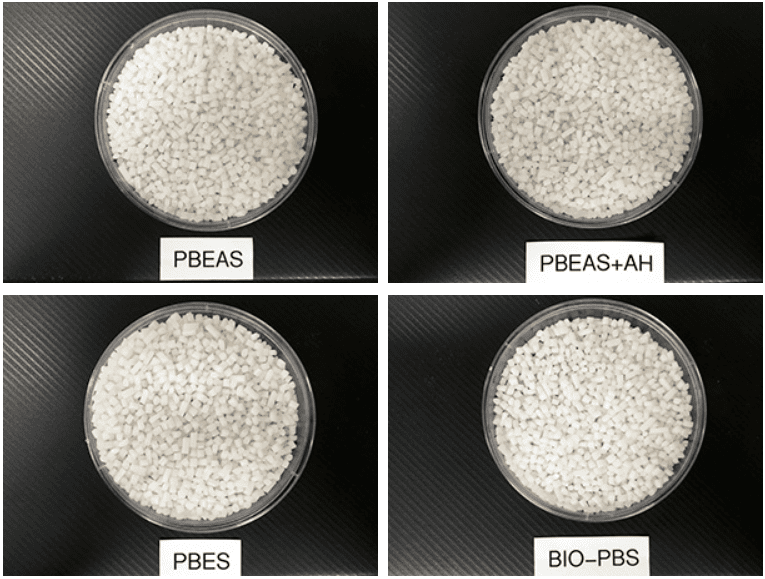In order to reduce ghost fishing gear and protect marine ecosystems, the National Academy of Fisheries Sciences of Korea has recently developed four microbially degradable fishing net materials.
Ghost fishing gear is the fishing gear discarded during the fishing process, usually made of plastic materials such as nylon, which is difficult to decompose in a short period of time, but also easy to entangle to the neck, fins and other parts of the marine life, so that it can not breathe and eventually die.
The four new materials developed by the National Academy of Fisheries Sciences are BEAS, PBEAS+AH, PBES, and Bio-PBS, which will be decomposed by microorganisms after a period of time in the sea and can significantly reduce the loss of resources and environmental pollution caused by ghost fishing gear.

The National Academy of Fisheries Sciences developed the first microbially degradable crab hanging net using PBS as a raw material in 2005 and popularized it at fishing sites. However, the nets made of this material are only suitable for fishing bamboo crabs, not for fishing pike crabs and yellow croakers, and the price is 2-3 times higher than ordinary fishing gear.
Starting in 2016, the National Academy of Fisheries Sciences set out to develop more cost-effective and applicable fishing gear materials, and eventually succeeded in developing the above four microbially degradable fishing net materials. The new material has been improved in terms of toughness, softness, decomposition and environmental protection, and the cost has been reduced (5%), which will be effectively promoted and applied in reducing ghost fishing gear and protecting the environment.
The technology has been transferred to Ankor Bioplastics, a biodegradable plastics company that produces about 350 tons of biodegradable fishing line per year, which has been exported to the U.S. and is available on Amazon. The new generation of fishing nets is made of a new biodegradable thermoplastic polymer, PBEAS. The replacement cycle for biodegradable nets is about one year, which is shorter than the two-year cycle with nylon, but the new nets have substantially improved performance over previously developed prototypes.

